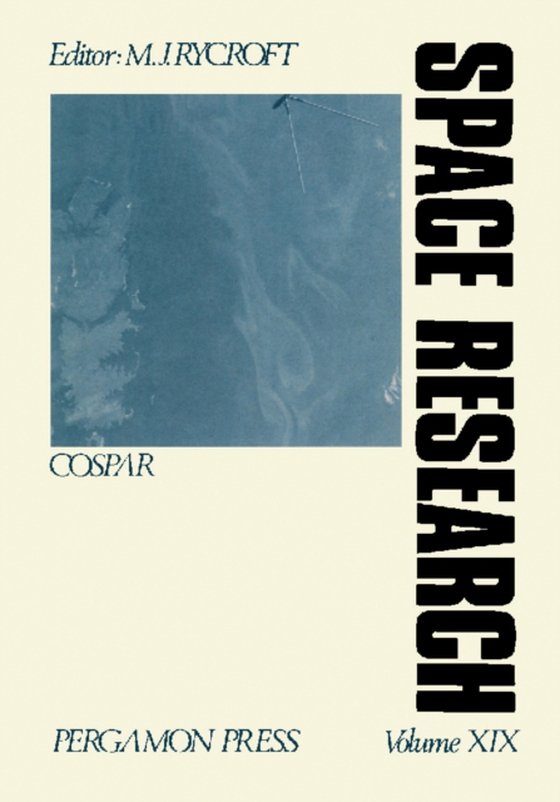
COSPAR: Space Research e-bog
619,55 DKK
(inkl. moms 774,44 DKK)
Cospar Space Research, Volume XIX covers the proceedings of the Open Meetings of the Working Groups on Physical Sciences of the 21st Plenary Meeting of COSPAR, held in Innsbruck, Austria, from May 29 to June 10, 1978, focusing on the developments in space research. The contributions concentrate on remote sensing, middle atmosphere, ionosphere, magnetosphere, and materials science in space. The...
E-bog
619,55 DKK
Forlag
Pergamon
Udgivet
22 oktober 2013
Længde
634 sider
Genrer
Science: general issues
Sprog
English
Format
pdf
Beskyttelse
LCP
ISBN
9781483156071
Cospar Space Research, Volume XIX covers the proceedings of the Open Meetings of the Working Groups on Physical Sciences of the 21st Plenary Meeting of COSPAR, held in Innsbruck, Austria, from May 29 to June 10, 1978, focusing on the developments in space research. The contributions concentrate on remote sensing, middle atmosphere, ionosphere, magnetosphere, and materials science in space. The selection first offers information on global development of space research, including weather and climate, material sciences in space, planets, sun, stars, magnetosphere, and high energy astrophysics. The book then takes a look at the spectral characteristics of surface phenomena and their impact on the design of an optoelectronic multispectral system; use of weather satellite data in the evaluation of water resources; and atmospheric and surface radiation balance as identified from satellite data. The compilation discusses the assimilation of non-simultaneous satellite and conventional meteorological data using statistical weights; annual variation and variability of meteorological parameters in the stratosphere and mesosphere; and physical properties affecting the existence of small particles in the mesosphere. The book also focuses on the determination of density scale-height profiles, geomagnetic effects in the exosphere, and gravity waves and tidal winds in the equatorial thermosphere. The selection is a dependable source of data for readers interested in space research.
 Dansk
Dansk

